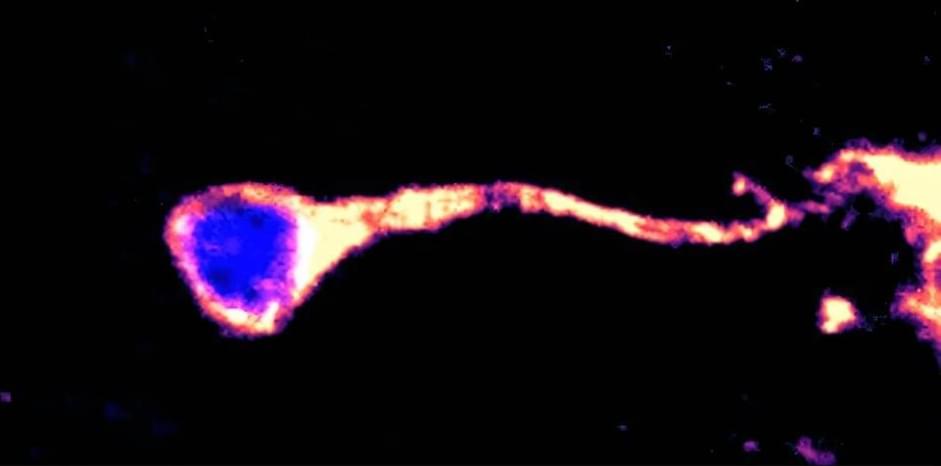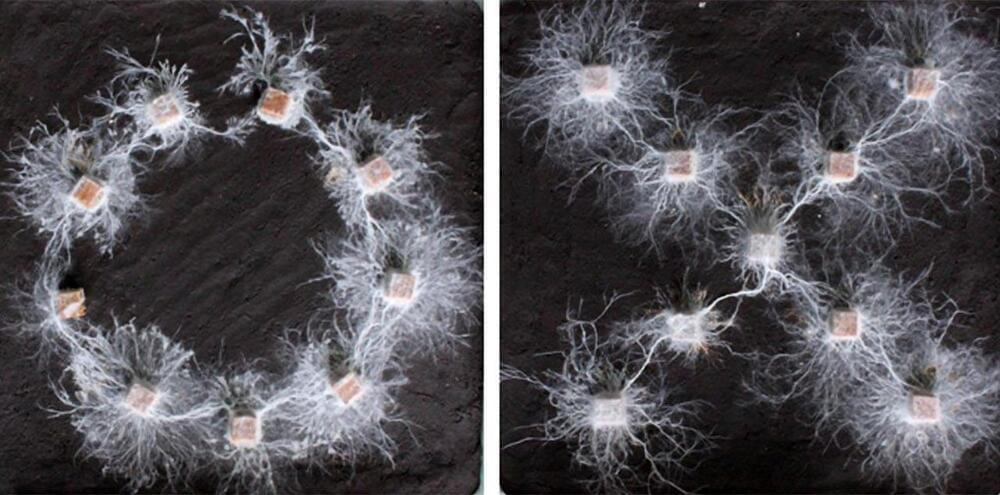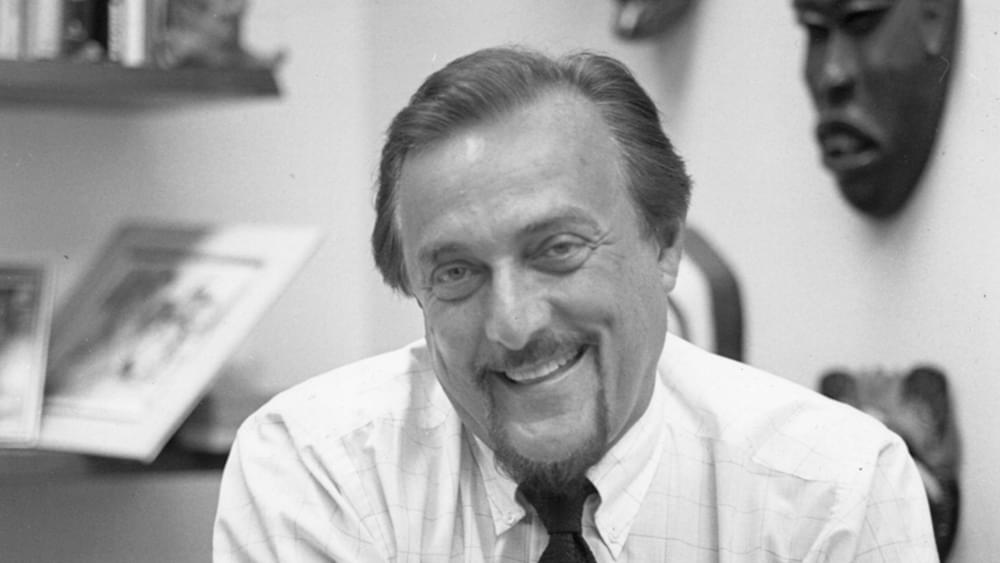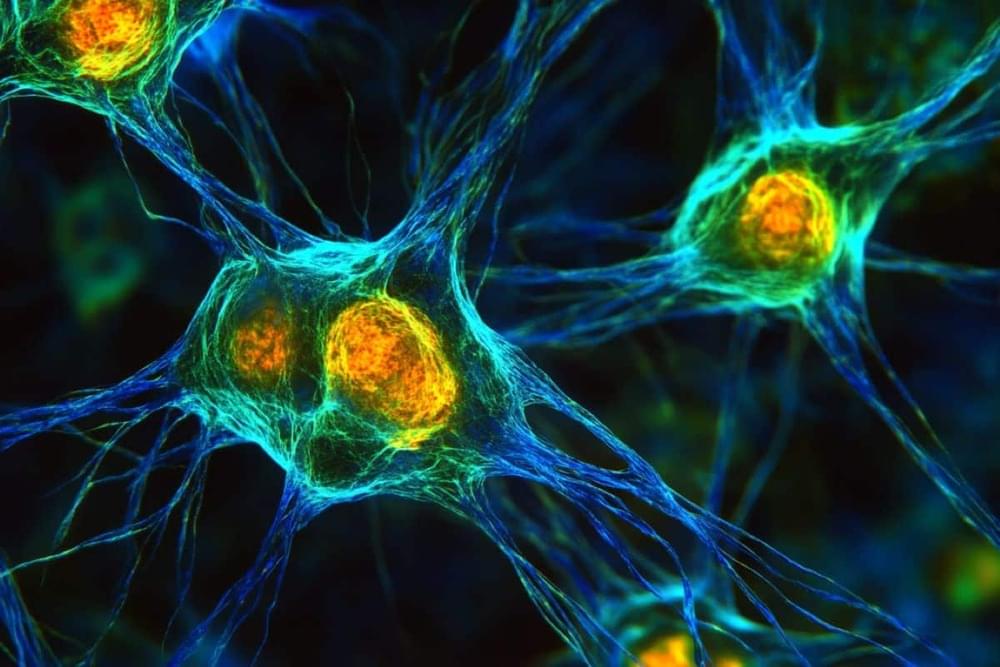An international team of neuroscientists, led by Duke-NUS Medical School, have uncovered a mechanism that controls the reactivation of neural stem cells, which are crucial for repairing and regenerating brain cells.
The research, published in Nature Communications, offers exciting potential for advancing our understanding and treatment of common neurodegenerative diseases like Alzheimer’s and Parkinson’s disease.
Neural stem cells are the source of the brain’s primary functional cells. After the initial development of the brain, neural stem cells typically enter a dormant state, conserving energy and resources. They re-awaken only when the brain needs them, such as after an injury or with physical exercise.








